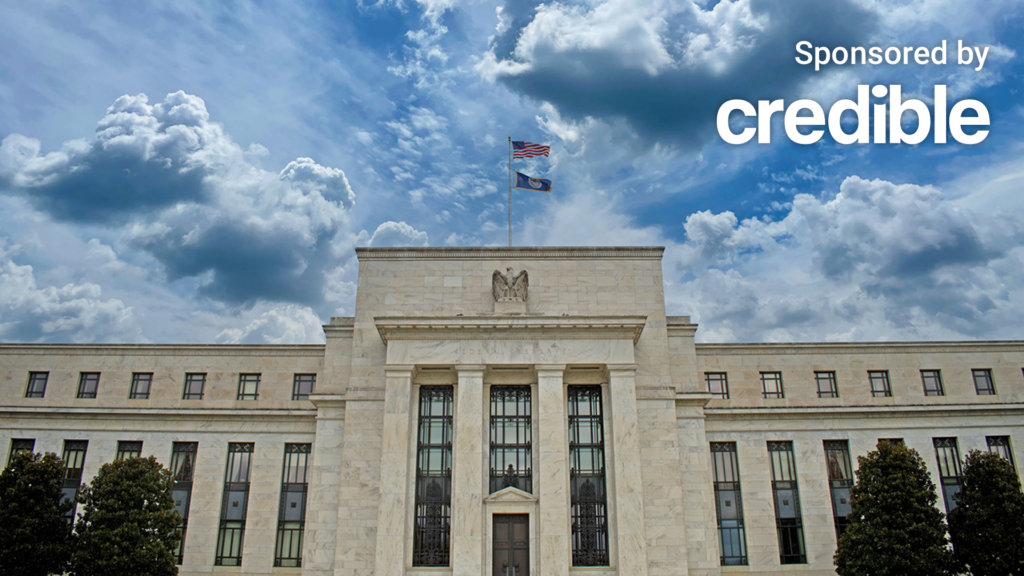The Federal Reserve’s recent decision to cut the federal funds rate by half a percentage point reflects its ongoing efforts to navigate economic challenges, chiefly rising unemployment and a gradual return to the inflation target of around 2%. The rate adjustment brings the federal funds rate to a range of 4.75% to 5%. This move comes in the context of the economy adding 142,000 jobs in August, with unemployment climbing to 4.2% and predicted to increase to 4.4%. Federal Reserve Chair Jerome Powell emphasized the importance of this rate cut in maintaining the strength of the labor market, despite the negative trend in unemployment figures. As inflation recorded a modest increase of 2.5% in August, the Fed appears poised for additional rate cuts, tentatively projecting a reduction down to 4.4% by the end of the year, potentially reaching 3.4% by the close of 2025.
Economists such as Mike Fratantoni from the Mortgage Bankers Association perceive the potential for slower economic growth rather than an outright recession. This outlook is cemented by recent inflation trends surprising the Fed with a quicker return to target levels than initially expected. As the central bank shifts its focus to managing these economic variables, there is a consensus that the interest rate environment is likely to remain conducive for borrowers. Ryan Marshall, CEO of Voxtur, suggests that the Fed will continue with rate cuts, while stressing that any drastic economic shifts, especially increases in unemployment, could prompt even more aggressive cuts.
For potential homebuyers and existing homeowners, the mortgage market has already adjusted to these anticipated rate changes, with rates hovering close to 6%. This situation has catalyzed refinancing activities and ignited some interest in home purchases, as many homeowners are now identifying refinancing opportunities with diminished rates. According to CoreLogic, around four million homeowners could benefit from refinancing as the federal easing cycle begins. Moreover, data from CoreLogic indicates a recent uptick in pending home sales, reflecting better conditions for buyers amid these lowered rates, although a persistent problem remains: limited housing inventory keeping property prices elevated.
Despite the favorable rate environment for borrowers, the housing market continues to grapple with challenges beyond interest rates. Charles Williams, CEO of Percy.AI, points out that to stimulate housing effectively, the Fed needs to consider further rate cuts, facilitating a refinance boom which could reinvigorate both new and existing home sales by 2025. Meanwhile, builders are responding to market conditions by increasing the construction of entry-level homes, aiming to alleviate some pressure from low inventory levels. This alignment of mortgage rates and housing supply has the potential to foster a healthier market where demand can meet supply more effectively.
With consumers increasingly reliant on credit products, the Fed’s interest rate reduction is a welcome reprieve for many. TransUnion reports a significant increase in bank card balances, signifying that many households are turning to credit amidst economic uncertainty. The recent cuts could facilitate lower monthly payments for consumers, offering opportunities to refinance existing high-interest debts into more manageable products such as personal loans or home equity lines. Michele Raneri, a TransUnion executive, notes that this decrease in borrowing costs may enable a broader range of consumers to access credit as financial institutions become more inclined to lend.
In summary, the Federal Reserve’s proactive approach to cutting rates aims to bolster the economy by addressing unemployment and enhancing borrowing conditions amid tempered inflation rates. For consumers and potential homebuyers, the shifting interest rates open doors for improved lending conditions and refinancing opportunities, albeit against a backdrop of ongoing inventory challenges in the housing market. As economic trends evolve, the Fed’s ongoing efforts to fine-tune rates will be critical to ensuring sustained consumer confidence and economic stability in the forthcoming years.

